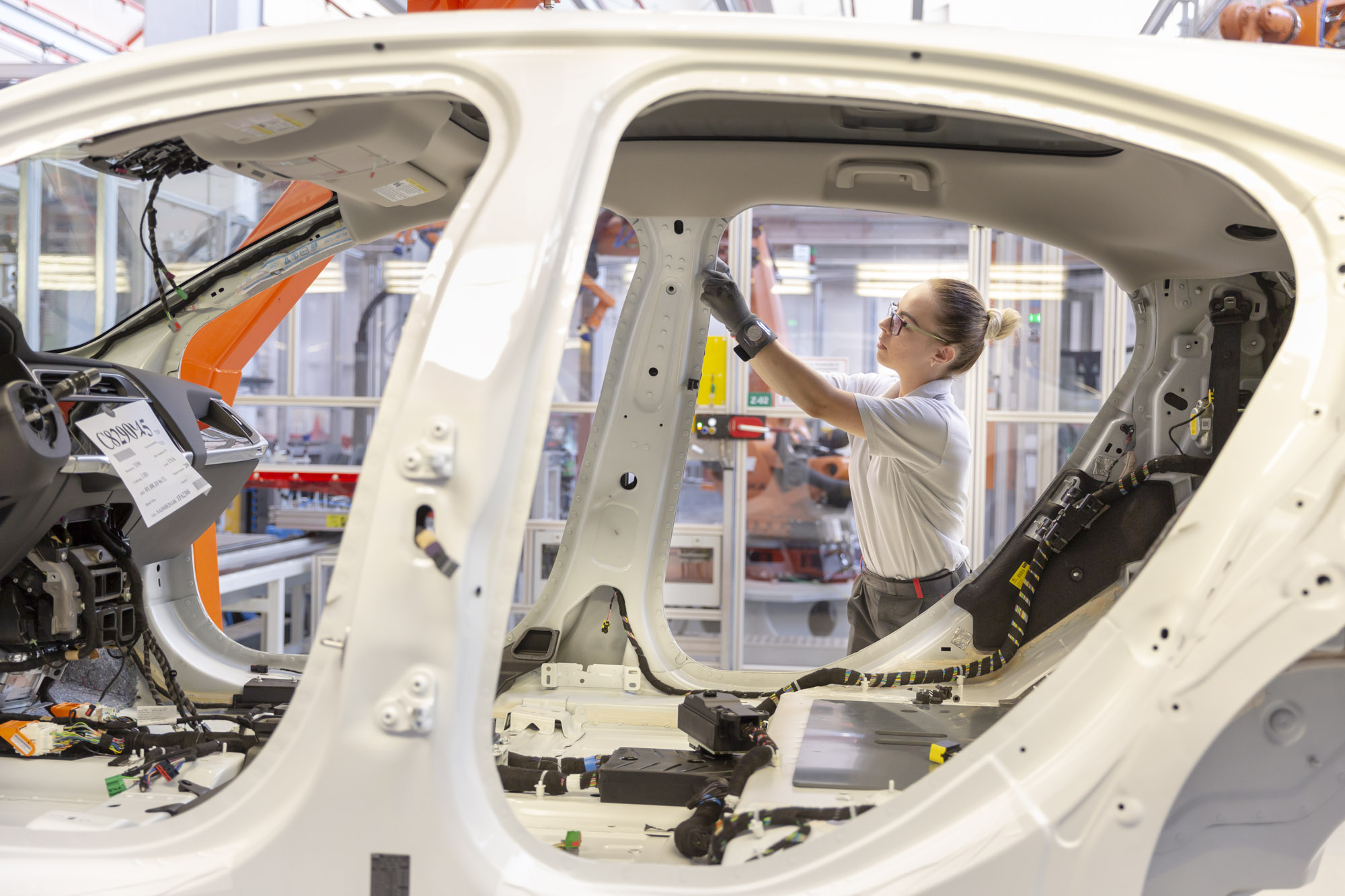WHAT IS A BUSINESS CASE?
In essence, a business case is a very comprehensive and detailed answer to one key question of every project: What value does it generate for the respective business partners? By building an effective business case, a new entrant can determines under which conditions their automotive vision can be realized.
In automotive projects, the forecasted economic success is the central driving factor behind every investment. Thus, the investors’ involvement within an automotive project is also primarily guided by the notion on whether the new entrant’s vehicles are profitable.
Now, the important question is: What exactly makes an automotive project profitable? Although new entrants have yet to establish an automotive brand presence, they can increase the credibility of their project and the value of their vision at an early stage:
- By making themselves known to investors beforehand – either by reaching out to them directly or by garnering initial public recognition via a show event, for example
- By working with notable names in the automotive sector, for example, with investors, suppliers, or renowned contract manufacturers such as Magna
- And of course: by showcasing not only the profitability of their vision, but also their own capabilities as a vehicle manufacturer. The business case is one of the key resources to achieve in this regard.
WHAT IS REQUIRED TO DEVELOP AN EFFECTIVE BUSINESS CASE?
As part of the larger business plan of the project, the business case should be outlined and specified as early as possible. As stated before, the business case describes a specific scenario depicting how the new entrant plans to enter the automotive market with a certain set of goals under specific preconditions.
Thus, the first step of defining a business case lies in obtaining information about the target market via a market analysis, including the market size, customer segments, competitors, market potential and current trends. Additionally, the new entrant should already have determined their own status quo, their goals and their brand’s/vehicle’s USP. Lastly, a feasibility study showing whether the project’s targets are compatible with its technical framework is also necessary before developing an effective business case.
THE CONTENTS OF AN AUTOMOTIVE BUSINESS CASE
Developing the business case itself can be divided into two segments, both of which are conducted in parallel:
- resource and financial requirements, and
- expected profit.
The basis for both segments within an automotive business case is production volume. The production volume not only defines the potential sales numbers but also directly impacts factors such as employment costs.
It is important to keep in mind that the production volume can only be estimated even by the most experienced manufacturers. Everyone involved in production volume planning knows that it is difficult to forecast valid numbers. Estimating their ideal production volume is even more arduous for new entrants, who do not possess any data from past projects.
Using the production volume, the project’s resource and financial requirements as well as its expected profit can be determined.





